Recently I have been scouring the censuses for information about the inhabitants of the village of Willshire during the last half of the 1800s. Willshire is of particular interest this year because they are celebrating the 200th anniversary of the founding of the town by Captain James Riley. Their Bicentennial.
As I was going through the 1880 census of Willshire Township I noticed something that I had missed before. Totally missed.
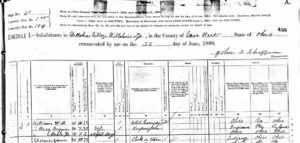
1880 Census, Willshire village, 26 June 1880.
In addition to all the good information the 1880 census provides (relationship to the head of household, marital status, place of birth of each individual’s father & mother, etc.), the 1880 census has some other unique categories.
Category 15: Is the person [on the day of the Enumerator’s visit] sick or temporarily disabled, so as to be unable to attend to ordinary business or duties? If so, what is the sickness or disability? Individuals who were born or who died after 1 June 1880 were not to be included in the 1880 census, even though the enumerator may not have questioned them until well after that date.
There was enough space under Category No. 15 to write a comment. Under the next five categories were boxes to be checked, if applicable: No. 16: blind; No. 17: deaf & dumb; No. 18: idiotic; No. 19: insane; and No. 20: maimed, crippled, bedridden, or otherwise disabled.
Willshire Township’s 1880 census taker, John F. Shaffner, actually wrote a number of notations in Category No. 15 and I I found the information quite interesting. Actually, it appears he wrote more under Category 15 than the average census taker.
Just to compare, I looked at a couple other 1880 enumerations, in local townships Blackcreek and Dublin. I noticed there were a couple illnesses written in Category 15, but not nearly as many as Shaffner wrote in Willshire Township.
But that was not all that Shaffner did. He drew a line through some names and wrote dead in the Category 15 area. I wondered what that was all about. Was that the normal thing to do? I did not see any names that were crossed off and noted as dead in Blackcreek or Dublin. Granted, I did not do an extensive census comparison, but it appears Shaffner went above and beyond with his notations, which is a good thing for us now.
John F. Shaffner, Willshire village and Willshire Township’s 1880 enumerator, was a physician in Willshire. Perhaps that was the reason he noted more illnesses and diseases and added the deaths after the fact. He probably had personal knowledge of these facts. Insider information. He was probably the family physician for many of these people.
Concerning the names Shaffner crossed off as dead, I wondered when the person died and how long after the census was taken did they die. Shaffner would not have enumerated a person if they were already dead, so when did he adjust the census and note that the person had died? Did he do this for everyone who had died in the township shortly after the census was taken?
Just to get an idea, I did a little research on a couple people in the township.
On 23 June 1880 Shaffner enumerated Abesh Dague, 57, female, born in Virginia. That was all crossed out and dead was written in Column 15. [2] Find a Grave.com shows that Abashaba Dague died 21 August 1880 and is buried at Heilman/Smith Cemetery. Apparently Shaffner went back and adjusted the census nearly 2 months later.
But Shaffner did not do this for everyone who died. I recently wrote a Tombstone Tuesday about Christene Huber, enumerated in Willshire Township by Shaffner as Mary Hoser on 25 June 1880. In Column 15 Shaffner wrote cancer of uterus. [3] Christene Huber [aka Mary Hoser as written in the 1880 census] died about 2 weeks later, on 4 July 1880. She is buried in Zion Lutheran Cemetery, Schumm. Her name was not crossed out and dead was not written in Column 15 on the census page.
It appears that Shaffner was a little inconsistent. However, it is all very interesting and it is nice to have the additional information about people.
So what additional facts can we learn from columns 15-20 in the 1880 census for Willshire village and Willshire Township? Below is what I found. I copied the surnames basically as they were written and spelled in the census. I focused mainly on Category No. 15 but I also noted if any of the above-mentioned categories (16-20) were checked.
Willshire village, enumerated 26 June-30 June 1880, Categories 15-20:
Delilah Ann Park, 27, wife of Alfred Park, had hip joint disease and was disabled.
Almira Avery, 28, wife of Thomas Avery, died, name crossed out.
Margret Davis, 86, living with widow Caroline Barber, had hip disease.
Francis Gene Paster, 14, son of William P. Paster, died, name crossed out.
Mary Hoff, 27, wife of John P. Hoff, died, name crossed out.
Josephine Hoff, 14 days old, daughter of John P. Hoff, died, name crossed out.
John Thatcher, 75, living with Israel Kemp, died.
Henrietta Seman, 5 months, daughter of John Seman, died, name crossed out.
Joseph Lynch, 42, died, name crossed out.
Adam Kuhm, 43, had consumption and was disabled.
Charley Hammond, 4 months, son of James Hammond, died, name crossed out.
Francis E. Hard, 26, daughter of William B. Hard, died, name crossed out.
Arrilla F. Majors, 9, daughter of George W. Majors, died, name crossed out.
Henry Sherman Majors, 15, son of George W. Majors, was disabled.
Daniel Avery, 32, brother-in-law of Daniel Troutner, died, name crossed out.
I counted 520 individuals enumerated in village of Willshire in 1880, counting everyone, including children.
Willshire Township, enumerated 1 June-25 June 1880, Categories 15-20:
Elisabeth Schinnerer, 38, wife of Fredrick Schinnerer, was disabled.
Barbara Schinnerer, 17, daughter of Fredrick Schinnerer, was disabled.
Alden Presho, 57, had heart disease.
Elija Willey, 50, had pneumonia.
Aaron Rice, 14, nephew of Pheby Bodley, had white swelling. [1]
Margaret Springer, 81, had a dislocated hip.
Jacob Long, 70, had asthma.
Sharon J. Troutner, daughter of George Troutner, had spinal disease.
Christian Voltz, 45, was blind.
Joshua Chilcote, 72, died, name crossed off.
Hethcote S. Chilcote, 28, son of Joshua, had consumption.
William Harshman, 54, was blind.
R. Robison, 77, male, died.
J. Jones, 63, widow, living with Frederick Eller, was crippled.
Almira Billman, 41, wife of John Billman, had dyspepsia.
George Bienz, 24, son of Jacob Bienz, was disabled.
Jacob Dull, 7 months, son of Sylvester Dull, name crossed out.
Jane Crawshaw, 72, died, name crossed off.
Sahais A. Foor, 18, daughter of Joseph, was deaf and dumb.
George Stager, 67, was deaf and dumb.
William Medaugh, 28, had paralysis on his left side.
William A. Walters, 10, son of William C. Walters, died, name crossed out.
Rachel Wagers/Uagers?, 47, John Wagers/Uagers household, died, name crossed out.
Michael Wolf, 74, in John Wagers household, had white swelling and was disabled.
William B. Sheets, 3, son of Oliver W. Sheets, had paralysis on his right side and was disabled.
Andrew Park, 90, retired farmer, was feeble. [4]
Those individuals died sometime relatively soon after they were enumerated in the census. This information may be helpful in determining what happened to some family members. Often, in genealogy research, people have a way of disappearing. In addition, our ancestors’ health information may be of interest to us today, to help determine hereditary issues.
Illnesses and diseases. Something more to look at when browsing through the 1880 census.
[1] White swelling, aka bone tuberculosis, Mycobacterium tuberculosis, Winter fever: a bacterial infection of the bones; tuberculosis arthritis, especially in the knee or hips, causing swelling, stiffness, and fluid accumulation in the joints; most often occurring at middle-age or in children.
[2] 1880 U.S. Census, Willshire, Van Wert, Ohio, ED 154, p.27 [penned], family 244, Abesh Dague; Ancestry.com, viewed 23 Mar 2022.
[3] 1880 U.S. Census Willshire, Van Wert, Ohio, ED 154, p.457A [stamped], p.29 [penned], family 258, Mary Hoser; digital image by subscription, Ancestry.com, viewed 6 Mar 2022.
[4] 1880 U.S. Census Willshire, Van Wert, Ohio, ED 154; digital images by subscription, Ancestry.com, viewed 6 Mar 2022.
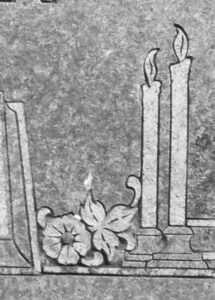
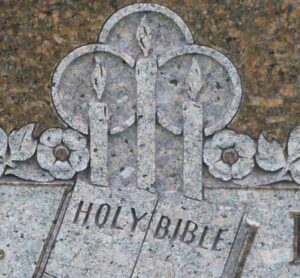
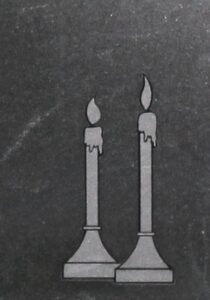
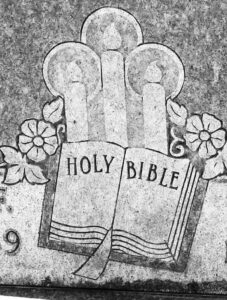
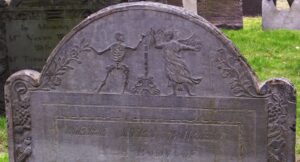


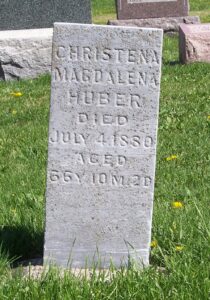
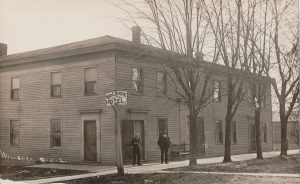
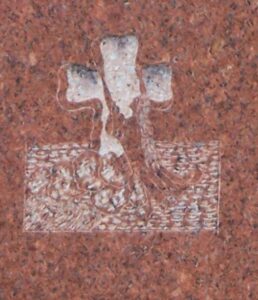
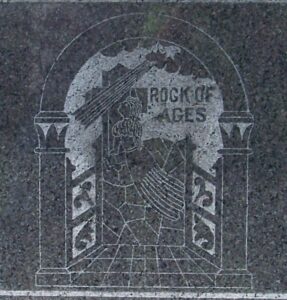
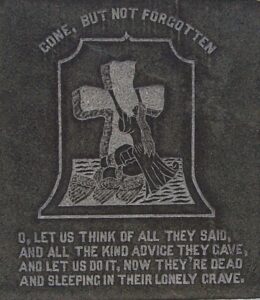
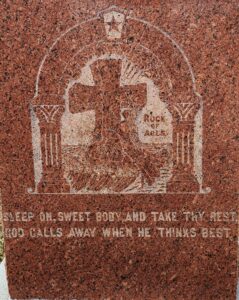
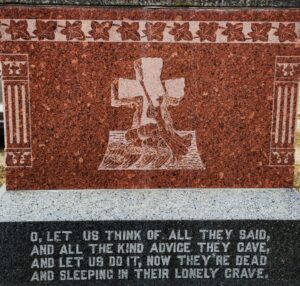
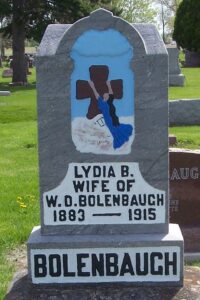

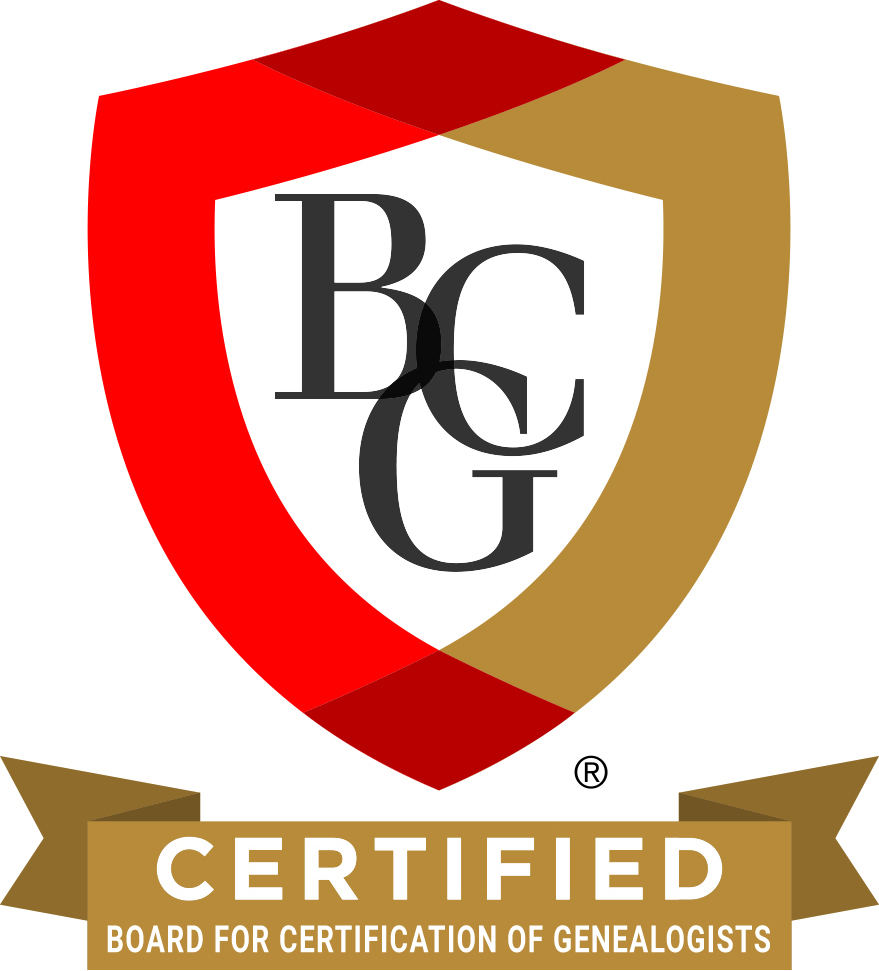
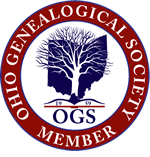

You are welcome!
You're welcome, Karen. I'm still working on this also. Thank you so much for all of your wonderful Mercer County…
Very interesting and great picture (I had neersee before) of the church! Thanks for sharing this, Karen.
Ha! I see why you say that. Your original surname was probably something similar to Schmitt.
Thank you for letting me know.